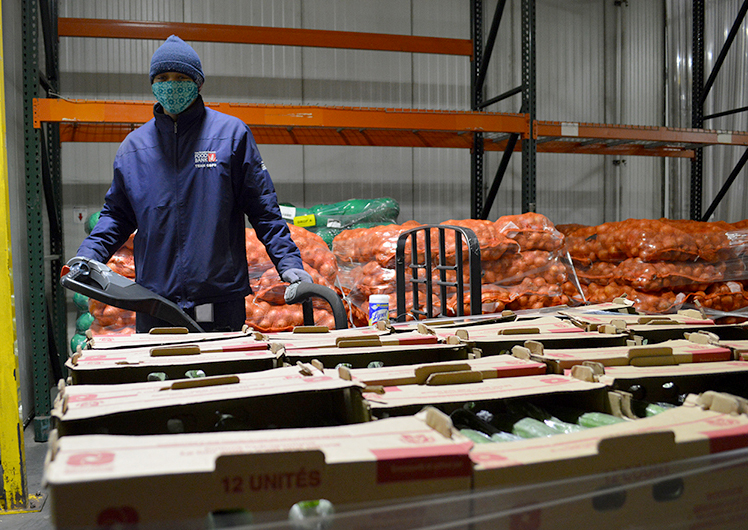Larger Boston Meals Financial institution, a beacon of hope within the struggle in opposition to starvation, stands tall as a pillar of fortify for numerous people and households within the Larger Boston house. With a challenge to relieve starvation and its devastating results, this group has woven a tapestry of compassion and nourishment that has remodeled lives.
Established in 1982, Larger Boston Meals Financial institution has grow to be a lifeline for the ones suffering with meals lack of confidence. Its complete services and products, starting from meals distribution to vitamin training, have empowered communities and instilled hope within the hearts of the ones going through adversity.
Assessment of Larger Boston Meals Financial institution

The Larger Boston Meals Financial institution (GBFB) is a non-profit group based in 1982 with the challenge to finish starvation in Jap Massachusetts. The group works to relieve meals lack of confidence through offering nutritious meals to these in want via a community of over 500 spouse companies, together with meals pantries, soup kitchens, shelters, and meal techniques.
Products and services Introduced through the Larger Boston Meals Financial institution
GBFB gives a complete vary of services and products to handle meals lack of confidence, together with:
-
-*Meals Distribution
GBFB collects and distributes tens of millions of kilos of meals every year to its spouse companies, which offer meals help to people and households in want.
-*Cellular Meals Distribution
GBFB operates cell meals pantries that carry meals immediately to underserved communities, making sure get entry to to nutritious meals for the ones going through transportation limitations.
-*Meals Rescue
GBFB companions with native companies to rescue surplus meals that might another way pass to waste and redistribute it to these in want.
-*Diet Training
GBFB supplies vitamin education schemes to empower people and households to make wholesome meals alternatives and reinforce their general well-being.
-*Advocacy
GBFB advocates for insurance policies and techniques that deal with the foundation reasons of starvation and advertise meals safety for all.
Affect at the Neighborhood: Larger Boston Meals Financial institution

The Larger Boston Meals Financial institution has a profound have an effect on at the group, offering meals help to these in want. In 2023, the meals financial institution dispensed over 60 million kilos of meals to greater than 600,000 people.
The meals financial institution’s efforts have a favorable ripple impact at the group. By way of offering meals to people who combat to come up with the money for it, the meals financial institution is helping to reinforce their well being and well-being. This, in flip, results in larger productiveness and a more potent economic system.
Good fortune Tales
- Maria, a unmarried mom of 2, was once suffering to make ends meet. She incessantly had to make a choice from purchasing meals and paying her hire. Due to the Larger Boston Meals Financial institution, Maria is now in a position to offer her kids with wholesome foods.
- John, a senior citizen, was once residing on a set source of revenue. He was once incessantly not able to come up with the money for sufficient meals to devour. The Larger Boston Meals Financial institution supplies John with a weekly provide of groceries, which is helping him to stick wholesome and unbiased.
Common Questions
What’s the challenge of Larger Boston Meals Financial institution?
Larger Boston Meals Financial institution’s challenge is to relieve starvation in Jap Massachusetts through accumulating and distributing donated meals to people and households in want.
What number of people does Larger Boston Meals Financial institution serve?
Larger Boston Meals Financial institution serves over 500,000 people every year via its community of spouse companies and techniques.
What kinds of meals does Larger Boston Meals Financial institution distribute?
Larger Boston Meals Financial institution distributes numerous non-perishable and perishable meals pieces, together with recent produce, canned items, dairy merchandise, and meat.
How can I donate to Larger Boston Meals Financial institution?
You’ll be able to donate to Larger Boston Meals Financial institution on-line, through mail, or through telephone. You’ll be able to additionally donate meals at any of the group’s drop-off places.


